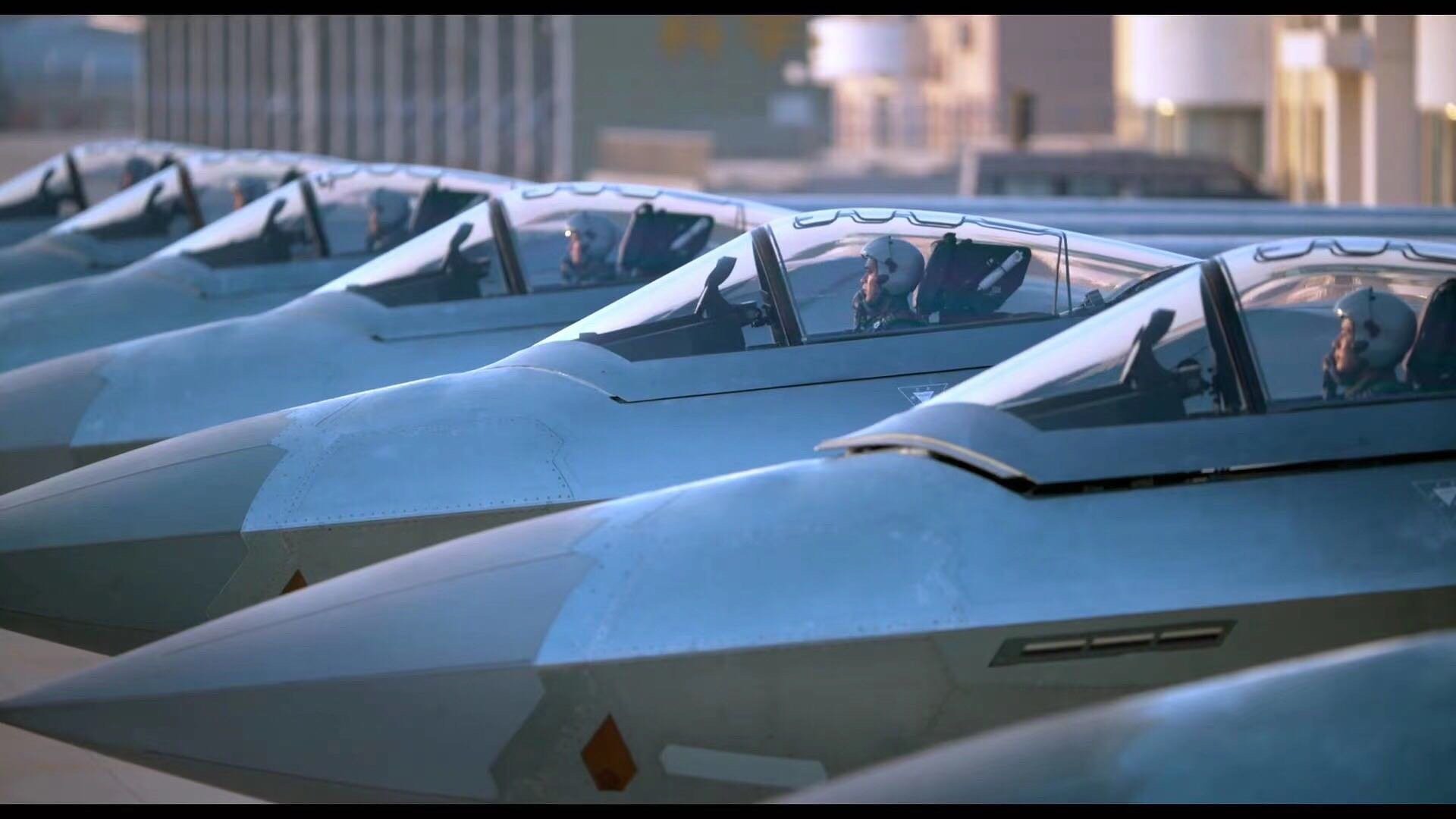Since an Indian Air force chief is nevertheless an "Air force Chief", it is simply too offensive/deluded to suggest that anybody here knows better.
This statement ignores the political pressure Indian senior officers are under to toe the line of a nationalistic (to put it mildly) government. They have no credibility.
Why do the J20 have the vental stakes angled and in a position that hides the Engines...
The J-20's ventral strakes are angled to be parallel to the V-tail on the opposite side of the fuselage. The J-20 also makes use of this counter-alignment principle with the trailing edges of the canards and main wing.

you can see other details of planform alignment from this image, like how the housing for the canard actuators is basically a kind of fractal of the lower fuselage. We can also see that the outer edge of the inlet aligns with the V-tail. If we imagine a tangent line to the canopy from the base, that line would be parallel to the tail on the opposite side of the fuselage.
Note also how closely to the fuselage the canard is attached.
Simply put, we can't say the J20 is not LO from behind. What we can say is that J20 is probably relatively less stealthy from behind.
Less stealthy relative to what? To a J-20 with serrated nozzles? Surely. To an F-22? Perhaps. But the question (as you allude to) is by how much and is it militarily relevant. Suppose the J-20 actually has a few hotspots in the rear more than the F-22, good luck getting your radar in
exactly the right position to exploit them for more than a fraction of a second.
The F-35 also went from the 2D thrust vectoring nozzles of the F-22 to serrated nozzles. That tells me that the loss (if any) to RCS optimization is acceptable.






